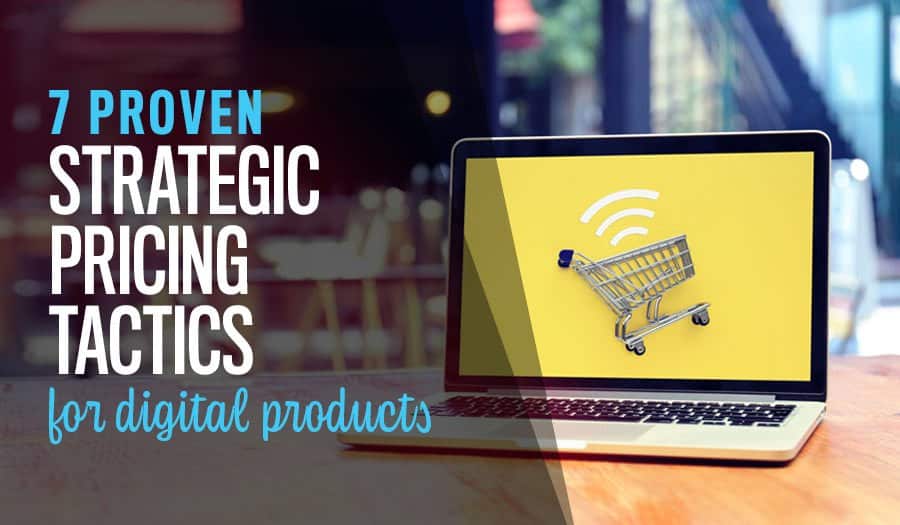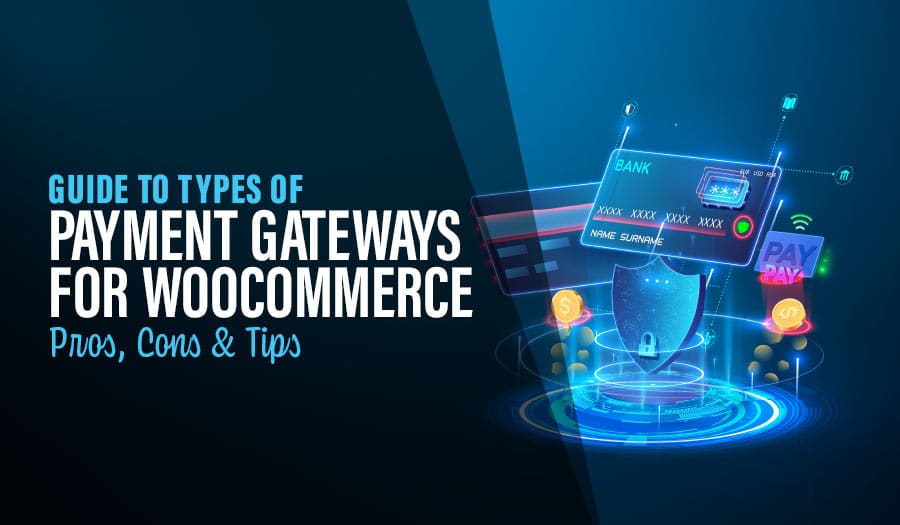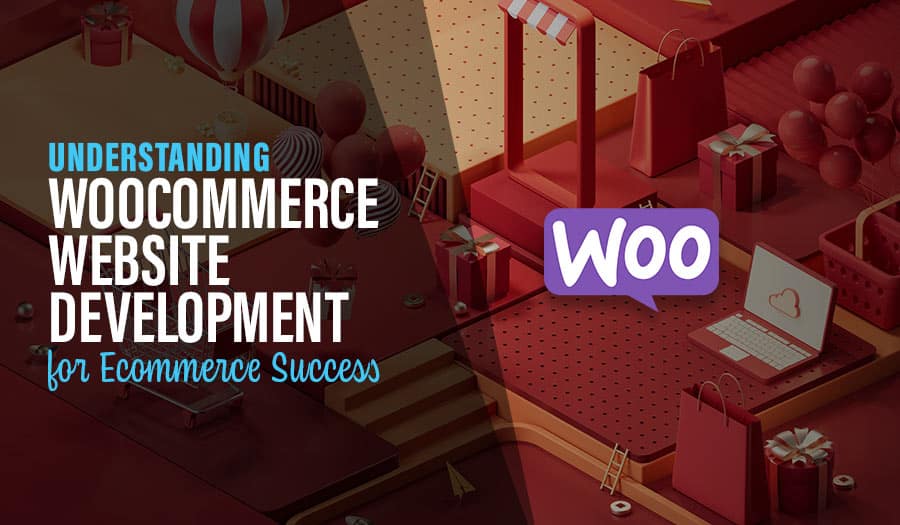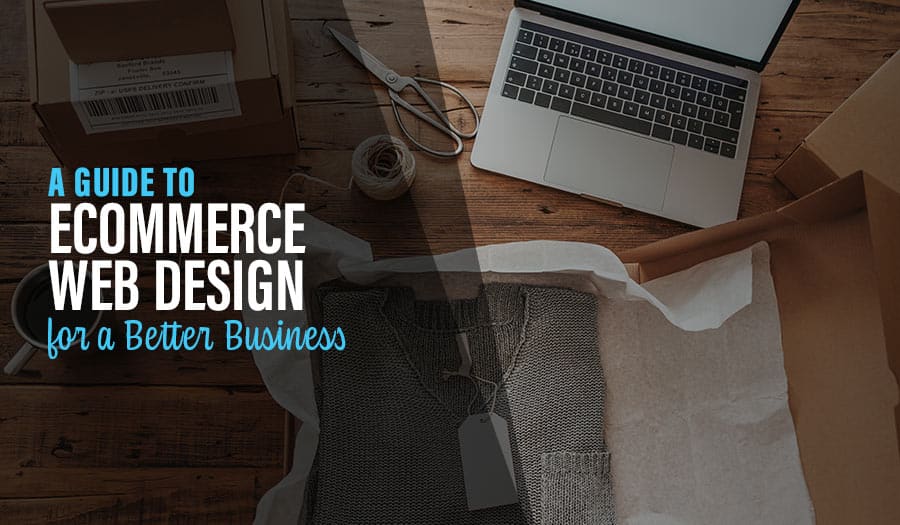When done right, pricing can lure in new customers, drive sales, and promote interest in your products and brand. Here are 7 Proven Strategic Pricing Tactics for Digital Products.
Pricing digital products can be tricky. Unlike physical products, where the base price (cost to produce) is easy to ascertain, and your end price is often structured by how much profit you want to make – digital products cannot be priced the same way.
Digital products are everywhere, and the variety is enormous. From eBooks and online courses to software, photography and graphics packages, digital products can be vastly different – so how do you know how to price your digital product? When it comes to digital products, if you get your pricing wrong, it can cost you customers and change customers’ perception of your brand.
Selling digital products certainly has it’s an upside: there are no manufacturing costs, no shipping fees, and you can sell an endless supply once you’ve produced it, so it’s no wonder digital products are trending. Another huge upside is that when it comes to digital products, you can constantly adjust the price if you get it wrong.
Here are our 7 strategies for selling in the digital eCommerce space:
- Value-based Pricing
- Aim High
- Pricing tiers
- Try For Free
- Give them even more
- Price positioning
- Trial and Error
1. Value-based Pricing
When you produce a physical product, your costs often determine the end price of the product. Pricing a digital product, however, generally comes down to value.
Ultimately, your product should deliver your customer’s value. Is your product solving a problem, delivering time-saving or money-saving solutions? If so, your digital product can be considered high-value, and you should price accordingly.
2. Aim High
Pricing your digital product at the high end of the market can sometimes be a smart move. It positions your product with an air of both higher quality and superior value. Some customers will look to buy the best product on offer in any given space – quite often they use the price-point to determine which product is ‘better’.
When it comes to marketing costs, it will cost you the same to win a customer should the pricing be at the low, mid-range or high end of the market – so you should factor into your pricing strategy the cost of customer acquisition.
3. Pricing tiers
Tiered pricing works well in the digital arena, allowing sellers to capture various customers. While some customers want to purchase from the highest tier of pricing to ensure they receive the most value and best quality, there are other customers intent on grabbing a “deal” who are intent on securing their purchase at the very lowest tier.
In pricing tiers, the lowest tier is often the product, on its own, with no extra frills. At the mid-level you may see a value-add, such as an additional resource. At the highest tier the digital product will be provided along with additional add-on resources, added value or customer support (for example of an ‘add-on’, a downloadable guide may be included, or an e-book on a subject of interest).
4. Try For Free
Customers who like and feel comfortable with your product are much more likely to commit to purchase. A free trial is a great way to overcome and customer resistance. For example, Spotify Premium are using a month’s free trial to allow the customers who use their free service to “see how the other half live”. Using this strategy, your hope is that once your customer has had a taste of your product (and how it adds value to their life) if may be difficult for them to part with your product at the end of their trial period.
If you don’t want to offer a free trial, a money-back guarantee is your next best bet. Offering guarantees, or free trials, takes the perceived risk out of the equation (and can be exactly what you need to entice wary customers over the line!).
5. Give them even more
Similar to the tiered pricing approach, adding a bonus such as a ‘free gift with purchase can help you get the edge on your competitors while adding value to your offering.
By offering a value add-on such as a free gift, you create the feeling that your offering is a bargain and, when the added bonus is for a ‘limited time only’ you are also creating a sense of urgency.
6. Price positioning
Get to know your market, what your competitors are doing and what they offer. Next, price your product to position it competitively in the market.
Remember that small adjustment can make a big difference in price positioning. For example, presenting your offering to market at a price point of $59.99 instead of $60.00 positions your product quite distinctly in the minds of your potential customers.
It is quite simple for those unfamiliar with the psychology around the numbers after the decimal point. Ending your pricing with .99 is an age-old sales tactic. People will feel they got a much better deal at $59.99 than $60.00 – even though the difference is merely one cent. Conversely, ending a price with .99 does “cheapen” the offering more than ending in .95 (ie. $59.95) would. Ending in .99 screams bargain-shop pricing, whereas .95 does not – even though the product would be cheaper to purchase ending in .95. It all comes down to the basic psychology of how we understand pricing.
7. Trial and Error
There is no perfect solution for pricing. You want to offer your customers value while not underpricing. You also want to get your products into people’s hands so you can springboard off of positive word-of-mouth and great product reviews.
You can watch your competitors’ pricing strategies and see what is working – and what’s not. You have the freedom to indulge in trial and error until you find precisely the right pricing for your product. However, do not succumb to underpricing your product – by doing so, you may unwittingly send the message to potential customers that your product is somehow inferior.
Pricing digital products is an essential part of your sales strategy. With these tactics in mind you will be able to navigate the often tricky waters of pricing a digital product.
Our advice is to use the seven tactics above to help you develop an attractive pricing structure to drive sales, resulting in a profitable outcome for your business. If you want to learn more about how to optimise your e-commerce store to grow your business, contact us.
Take your online store business to the next level with a Pixel Fish Ecommerce Website.
Check out some of our latest Ecommerce Website Design projects.
Further Reading:
E-commerce Statistics That Can Help You Grow Your Business
Top 10 Steps to Start a Successful Online Store
What Is Google PageSpeed Insights and How it Can Improve Your Website
How to Successfully Balance UX and SEO for The Most Effective Website
10 Reasons Your Website Is Fundamental to the Growth of Your Business
Yoast SEO Premium vs Free Yoast Plugin



